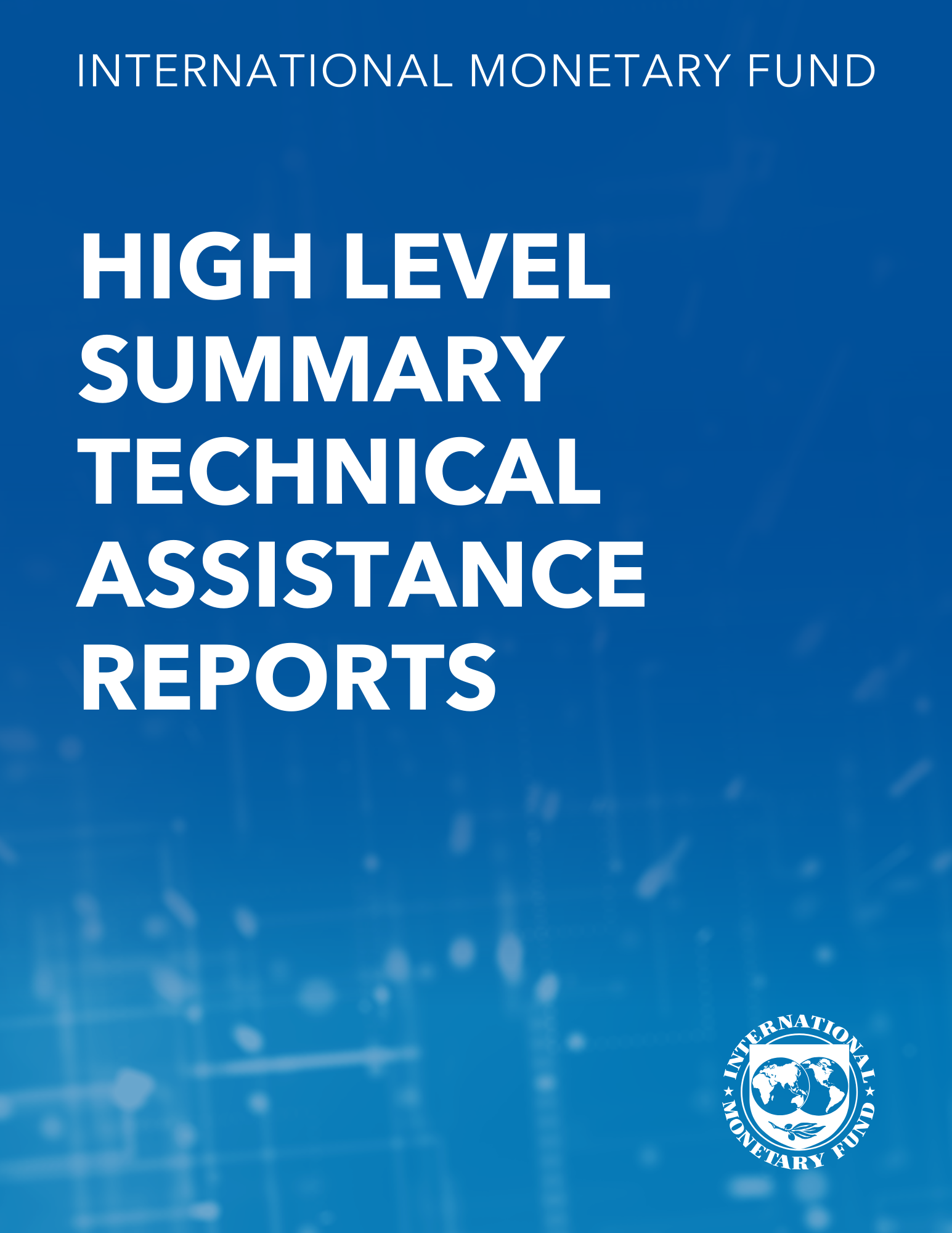Deciding to Enter a Monetary Union: TheRole of Trade and Financial Linkages
October 2, 2012
Disclaimer: This Working Paper should not be reported as representing the views of the IMF.The views expressed in this Working Paper are those of the author(s) and do not necessarily represent those of the IMF or IMF policy. Working Papers describe research in progress by the author(s) and are published to elicit comments and to further debate
Summary
This paper evaluates the role of trade and financial linkages in the decision to enter a monetary union. We estimate a two-country DSGE model for the U.K. economy and the euro area, and use the model to compute the welfare trade-offs from joining the euro. We evaluate two alternative scenarios. In the first one, we consider a reduction of trade costs that occurs after the adoption of a common currency. In the second, we introduce interest rate spread shocks of the same magnitude as the ones observed during the recent debt crisis in Europe. The reduction of trade costs generates a net welfare gain of 0.9 percent of life-time consumption, while the increased interest rate spread volatility generates a net welfare cost of 2.9 percentage points. The welfare calculation suggests two ways to preserve the welfare gains in a monetary union: ensuring fiscal and financial stability that reduces macroeconomic country risk, and increasing wage flexibility such that the economy adjusts to external shocks faster.
Subject: Consumption, Currencies, Economic integration, Financial crises, Financial services, Foreign exchange, Interest rate parity, Monetary unions, Money, National accounts, Real exchange rates
Keywords: area GDP, business cycle, common currency, Consumption, Currencies, design flaw, DSGE Model, EMU membership, Interest rate parity, monetary union, Monetary unions, Real exchange rates, risk premium, Southern Europe, Trade Costs, U.K. economy, welfare cost, WP
Pages:
52
Volume:
2012
DOI:
Issue:
240
Series:
Working Paper No. 2012/240
Stock No:
WPIEA2012240
ISBN:
9781475511437
ISSN:
1018-5941







